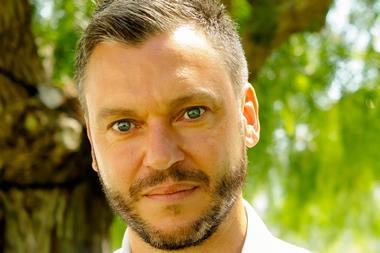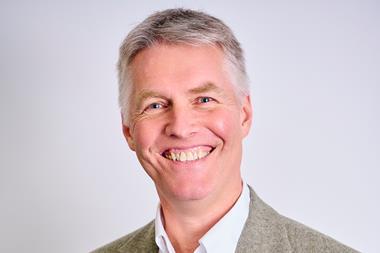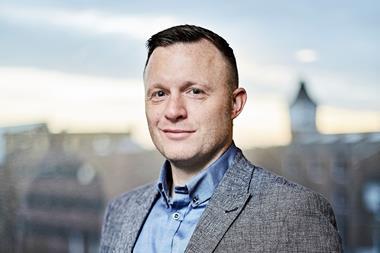
In an era marked by rapid advances in automation and artificial intelligence, the time has come to rethink the model for finding talent – and make it a competitive advantage.
Disruptive change is now a fact of life in almost every sector. Many companies went into survival mode in response to the Covid crisis, accelerating improvements that brought speed, flexibility and purpose to their organisations.
But businesses can’t keep responding to crises retrospectively. Rather, they should be proactively building something far more relevant for a world in which agility, resilience and innovation rule the day. Part of that means ensuring you have the workforce that you need to be competitive in the future. This requires you to get comfortable with being uncomfortable.
It’s against this backdrop that we launched Inbeta to build stronger, more diverse, more effective teams that embrace difference. We’ve just secured the backing of a host of former FTSE 100 executives, taking us to a seven-figure valuation just months into our journey – because we’ve found a way to do things differently.
Delivered by former executives from the heart of businesses like Sainsbury’s, Marks & Spencer, the John Lewis Partnership and many more, we have found a way to identify, acquire and develop talent with objectivity, fairness and diversity baked into the process, combining technology and human science with the expertise of those who have been through this industry themselves.
So let’s take a closer look at what’s at stake.
Strategy amidst uncertainty
The traditional approach to strategy required precise predictions and left little room for uncertainty. Unfortunately, the future is anything but certain. Even the very notion of defining what a job entails is increasingly becoming a relic of the industrial era. We’re moving from the mechanistic, industrial models of the past to a more fluid workplace where organisations, people and work organically adapt to a changing world.
Making sound strategic decisions amidst uncertainty will require organisations to champion people and divergent thinking. The systematic models that were concerned with finding the one correct answer to a problem have no place in a volatile and increasingly complex world. Divergent thinking isn’t afraid to embrace the unusual and results in a large number of alternative responses to a situation. It’s the key to instituting adaptability.
As for championing people, top companies recognise that talent is their scarcest yet most valuable form of capital. It’s crucial for businesses to create diverse, inclusive and energising work environments. That’s why diversity has become the rallying cry of the business world in recent years. Companies have come to recognise diversity for the valuable asset it is. It increases revenue, boosts innovation and leads to better decision-making.
But to be absolutely clear, diversity isn’t just an asset, it’s an inevitability – meaning companies have to involve to evolve. The cost of getting diversity and inclusion wrong is an underperforming workforce that’s not equipped to handle the trials of an increasingly competitive business environment. As such, you need a developmental approach to talent acquisition, creating an inclusive culture that nurtures talent.
It’s probably a good time to mention that diversity isn’t just a numbers game. Having the ‘right’ balance of people of different races, genders, religions, and other attributes doesn’t automatically make for a resilient yet innovative workforce. Of course, standardised hiring practices aimed at eliminating bias will help diversify your workforce, but “add diversity and stir” simply won’t cut it. The truth is, the more diversity you have, the more challenging it can be.
That means you need to take the time to understand the experiences, values, affinities and drivers of the people within your organisation, including those traditionally under-represented groups, and create a fluid and open environment where they can all thrive together. It’s your culture, not quotas, that will ensure you realise the full potential of underutilised sources of talent.
Beyond static job roles
It’s been over a century since Adam Smith wrote about the division of labour in The Wealth of Nations. Yet today’s organisations are still set up as they were back then, with traditional hierarchies and matrix structures that provide clear lines of authority through layers of management.
In reality, such structures only grow in complexity as a business grows. They are mechanistic by design, built for uniformity and bureaucracy and leave little room for creativity, innovation, and adaptability. Strengthening institutional resilience has never been more critical. Now is the time to reimagine why, where, and how work gets done – not to mention who gets it done.
To be prepared to meet the next challenge when it arrives, you need to build your adaptability muscle and start looking for talent in places and in ways you wouldn’t usually. Hiring for cultural fit won’t prepare your business for the next challenge, but embracing diversity – of mindset, experience, ethnicity and background – and the challenges that come with it just might.



















No comments yet